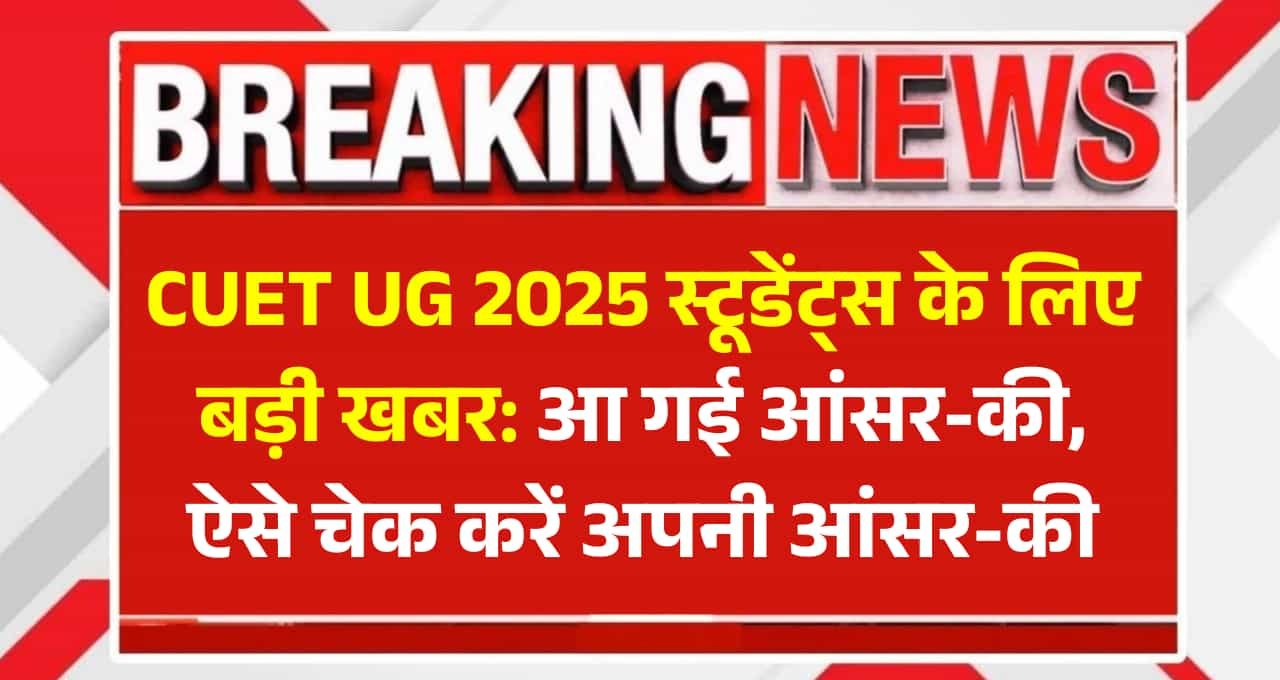Lincoln Wheat Penny Value: The thrill of discovering a hidden treasure is universal, and for many collectors and hobbyists, the Lincoln Wheat Penny represents such an opportunity. Imagine, a small coin that could transform its owner into a hundred-thousandaire overnight. But what makes these pennies so valuable? In this article, we delve into the world of Lincoln Wheat Pennies, exploring why some are worth $100,000 and what factors contribute to their exceptional value.
Table of Contents
Toggle
History of the Lincoln Wheat Penny
First minted in 1909, the Lincoln Wheat Penny was introduced to commemorate the 100th anniversary of Abraham Lincoln’s birth. These pennies were produced until 1958, and their distinctive design features two wheat stalks on the reverse side, hence the name. Over the decades, these coins have become a favorite among numismatists due to their rich history and the various errors and mint marks that can significantly increase their value.
- The first Lincoln Wheat Penny was minted in 1909.
- Designed by Victor David Brenner.
- Produced until 1958.
- Features wheat stalks on the reverse side.
- Commemorates Abraham Lincoln’s 100th birthday.
- Highly collectible due to historical significance.
- Known for various minting errors.
Factors Influencing Value
Several factors can influence the value of a Lincoln Wheat Penny, turning an ordinary coin into a prized possession worth thousands. Key aspects include the coin’s mint year, mint mark, condition, and any errors or unique features. Coins from certain years, especially those with low mintages, are highly sought after. Moreover, pennies with rare mint marks, like those from the San Francisco Mint, often fetch higher prices. Condition also plays a crucial role, with uncirculated coins being more valuable than those showing signs of wear.
| Year | Mint Mark | Error | Condition | Rarity | Value | Notes |
|---|---|---|---|---|---|---|
| 1909 | S | None | Uncirculated | High | $100,000 | First year of issue |
| 1914 | D | None | Good | High | $25,000 | Low mintage |
| 1922 | No D | Missing mint mark | Fine | Medium | $10,000 | Mint error |
| 1931 | S | None | Very Fine | Medium | $5,000 | Low mintage |
| 1943 | D | Steel | Uncirculated | Low | $500 | Common wartime issue |
| 1955 | No mint mark | Double die | Extra Fine | High | $50,000 | Significant error |
| 1958 | D | None | Good | Low | $50 | Last year of issue |
Identifying Valuable Lincoln Wheat Pennies
Identifying a valuable Lincoln Wheat Penny requires a keen eye and some basic numismatic knowledge. Collectors should examine coins closely for specific mint marks, errors, and overall condition. A magnifying glass or jeweler’s loupe can be invaluable for spotting small details that might indicate a high-value coin. Additionally, consulting online resources and coin value guides can provide insights into current market trends and help determine whether a penny is truly a hidden gem.

Rare Lincoln Wheat Penny Worth $224K Still Found in Circulation – Experts Say It Could Be in Your Spare Change
- Check for rare mint marks like ‘S’ or ‘D’.
- Look for notable errors, such as double dies.
- Assess the coin’s condition using grading scales.
- Use tools like magnifying glasses to inspect details.
- Research using online databases and coin guides.
Common Errors and Their Impact
Error coins are a collector’s delight, often fetching significant premiums over their regular counterparts. Lincoln Wheat Pennies are no exception, with several notable errors boosting their desirability. Some of the most famous errors include the 1955 Double Die and the 1922 No D mint mark. These peculiarities result from mistakes during the minting process, making them rare and sometimes worth tens of thousands of dollars. Understanding these errors and their origins can help collectors identify and appraise valuable coins.
| Error Type | Description |
|---|---|
| Double Die | Misalignment causes doubled images. |
| No Mint Mark | Missing mint mark due to mint error. |
| Off-Center Strike | Coin struck off-center, causing incomplete design. |
| Clipped Planchet | Portion of coin missing from the edge. |
| Brockage Error | Mirror image of the design on one side. |
| Transitional Error | Coins struck with incorrect metal composition. |
| Die Cracks | Cracks in the die create raised lines on the coin. |
Caring for Your Coin Collection
Proper care and storage are crucial for maintaining the value and condition of your coin collection. Coins should be stored in a dry, climate-controlled environment to prevent damage. Using coin holders or albums can protect them from scratches and environmental factors. It’s also essential to handle coins by the edges to avoid fingerprints and oils transferring onto the surfaces. Regularly checking for signs of tarnish or corrosion can help ensure your collection remains in pristine condition.
- Store coins in a dry, climate-controlled area.
- Use protective holders or albums.
- Handle coins by the edges only.
- Avoid cleaning coins with harsh chemicals.
Where to Buy and Sell Lincoln Wheat Pennies
For those interested in buying or selling Lincoln Wheat Pennies, several avenues exist to explore. Local coin shops can provide in-person consultations and appraisals, offering a tangible way to assess coins’ value. Online marketplaces, such as eBay and specialized coin auction sites, offer a broader reach and often feature rare coins. Coin shows and conventions are excellent opportunities to meet fellow enthusiasts and experts who can offer advice and insights. Staying informed about market trends is crucial for making savvy purchase or sale decisions.
- Visit local coin shops for appraisals.
- Explore online marketplaces for rare finds.
- Attend coin shows for expert insights.
- Join numismatic clubs and online forums.
Understanding Coin Grading
Coin grading is an essential aspect of determining a Lincoln Wheat Penny’s value. Grading assesses a coin’s condition, ranging from Poor (P-1) to Mint State (MS-70). Each grade reflects the coin’s wear, strike quality, and overall appearance. Professional grading services, such as the PCGS (Professional Coin Grading Service) and NGC (Numismatic Guaranty Corporation), provide standardized assessments and authentication, which can enhance a coin’s market value. Learning to interpret grading scales can aid collectors in making informed purchasing decisions.
- Grading ranges from Poor (P-1) to Mint State (MS-70).
- Factors include wear, strike quality, and appearance.
- Professional grading adds market credibility.
- PCGS and NGC are leading grading services.
- Understanding grading scales aids purchasing decisions.
Notable Lincoln Wheat Penny Sales
Several record-breaking sales have highlighted the Lincoln Wheat Penny’s potential for high returns. These sales often involve rare mint marks, pristine conditions, or significant errors. For example, a 1943-D Lincoln Wheat Penny known for its steel composition sold for over $1 million due to its rarity. Such sales underscore the importance of recognizing valuable coins and understanding what factors contribute to their extraordinary prices.

Rare Lincoln Wheat Penny Worth $168K Still Found in Circulation – Check Your Pocket Change
| Year | Sale Price |
|---|---|
| 1943-D Steel | $1,000,000 |
| 1909-S VDB | $50,000 |
| 1955 Double Die | $125,000 |
| 1922 No D | $60,000 |
| 1914-D | $150,000 |
With the right knowledge and attention to detail, collectors can uncover the hidden treasures within their coin collections, turning what seems like an ordinary penny into a life-changing discovery.
FAQs about Lincoln Wheat Pennies
What makes a Lincoln Wheat Penny valuable?
Factors such as year, mint mark, condition, and errors contribute to a coin’s value.
How can I identify a rare Lincoln Wheat Penny?
Look for key mint marks, errors, and assess the condition using a grading scale.
Where can I sell my Lincoln Wheat Pennies?
You can sell them at local coin shops, online marketplaces, and coin shows.
Are all Lincoln Wheat Pennies valuable?
No, only those with certain characteristics, such as rarity and condition, are valuable.
Should I clean my Lincoln Wheat Pennies?
No, cleaning can damage the coin and reduce its value.
Disclaimer: This article is written for general informational purposes only. Please get the latest and accurate information from the official website.










